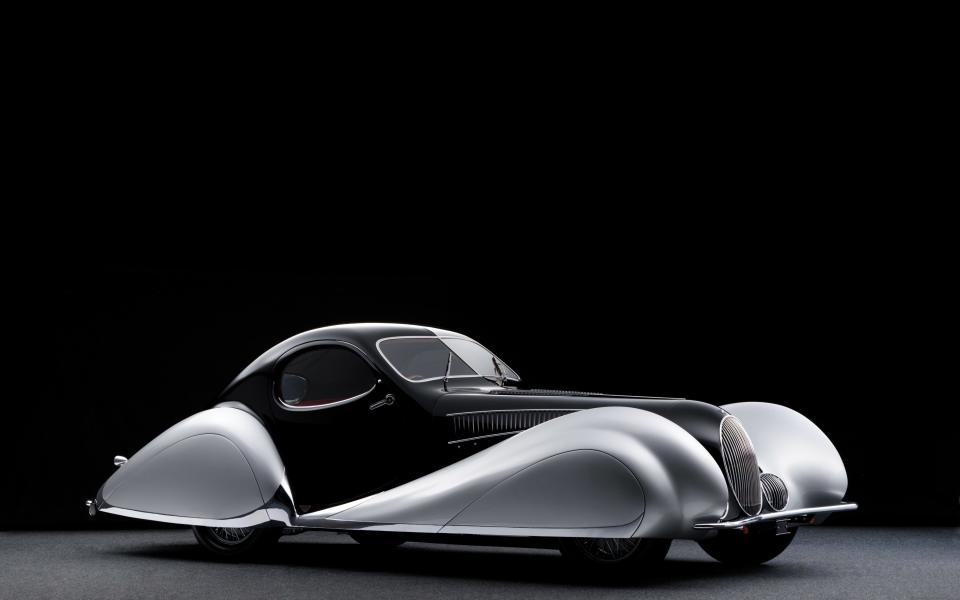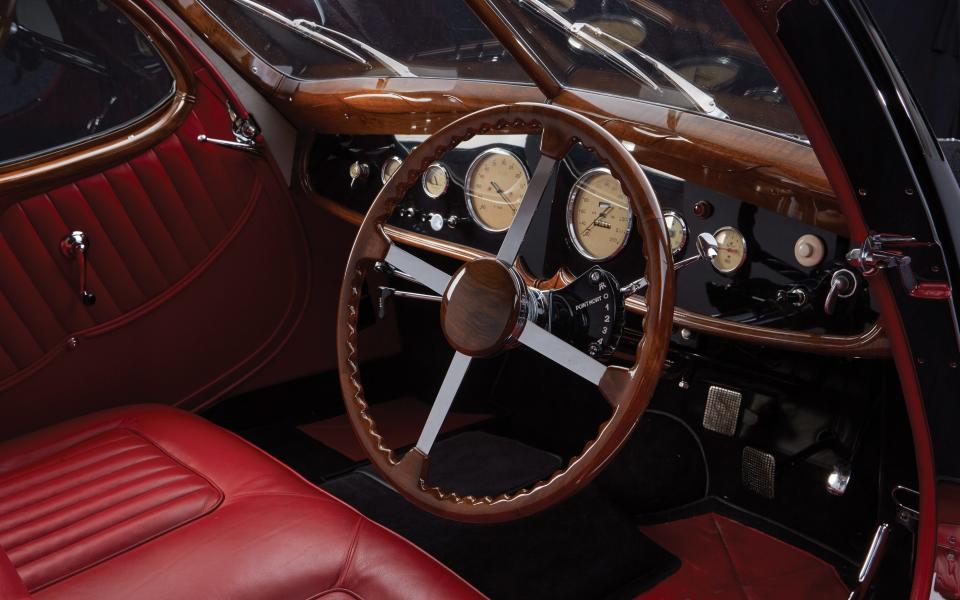The wonderfully sculpted Talbot-Lago “Goutte d’Eau”: your chance to own an icon of 1930s elegance

Does it matter what you call a car? Some models get evocative names like Firebird and Testarossa, others silly names like Lettuce and Cherry. But many just make do with a combo of letters and numbers. The thing that really matters is not so much the name you give the car, but the name of the company that makes it.

A carmaker’s name doesn’t need to be pretty, its power comes from the reputation of the brand. BMW is just three letters standing for some German words that you can’t spell, but everyone knows that it means fast, purposeful cars – which is great, providing fast and purposeful is your thing.
What the name Talbot means depends very much on the era you looking at. It has been defunct since the 1980s, and if you judge it by the last Talbots ever built, that is not such a bad thing. The Talbot Horizon, for example, although doubtless loved by the owners of the last few miraculously surviving examples, was a hatchback whose most notable feature was its blandness.

But Talbot wasn’t always like this, and those cars from the brand’s death throes weren’t true Talbots - this was just an exercise in badge-engineering by Peugeot, who had acquired the Talbot name when it bought Chrysler Europe in the late 1970s. The real Talbot was very different, a company once responsible for cars like the beautiful thing that you see pictured here.
Founded in 1903 under the patronage of the Earl of Shrewsbury and Talbot, the London firm initially imported cars from the French company Clement, but soon afterwards began making its own cars to much acclaim. In 1913 a 25HP Talbot was driven more than 100 miles in an hour – whilst such speeds had been reached before, it had never been sustained for so long, which meant that “The Invincible Talbot” was hailed as the first true 100 mph car.

Talbot went through various iterations, with both French and UK-based owners and factories. In the mid-1930s it was taken over by the businessman Tony Lago, who hoped to save it from the ravages of the Depression. Among the new models developed under Lago’s leadership a high-performance two-seater called the SS.
It was common in that era for the bodywork to be entrusted to specialist coachbuilder, rather than the car company itself. The car pictured here is an SS with a body crafted by the French/Italian master craftsmen Giuseppe Figoni and Ovidio Falaschi.

This style of using sweeping, elliptical silhouettes was known as Goutte d’Eau (French for “drop of water”, but translated into English as the slightly less tedious-sounding Teardrop) was heavily influenced by advances in aircraft design and aerodynamics. It became a signature of Figoni et Falaschi, appearing on bodies made for other marques such as Delahaye and Bugatti.
The example pictured here is one of just two Talbot SS models that had the fully enclosed front fenders. The car was hidden away during the war, and afterwards suffered the indignity of being transformed into a convertible, before being sympathetically returned to its original closed-roof design.
On the subject of names, the full name of this model is in fact the Talbot-Lago T150-C SS 'Goutte d’Eau' Coupé by Figoni et Falaschi. That is quite a mouthful, which coupled with the fact that the subsequent owners did the value of the Talbot brand no favours, means that this is a name that really doesn’t do the car much justice. But with a car this gorgeous, who cares what you call it? As an object of outstanding man-made beauty, it speaks for itself.
The 1937 Talbot-Lago T150-C SS 'Goutte d’Eau' Coupé by Figoni et Falaschi is being auctioned in the RM Sotheby’s Villa Erba sale on 27th May 2017. Estimate €3.2m – €4.2m (£2.7m – £3.6m)

 Yahoo Finance
Yahoo Finance 